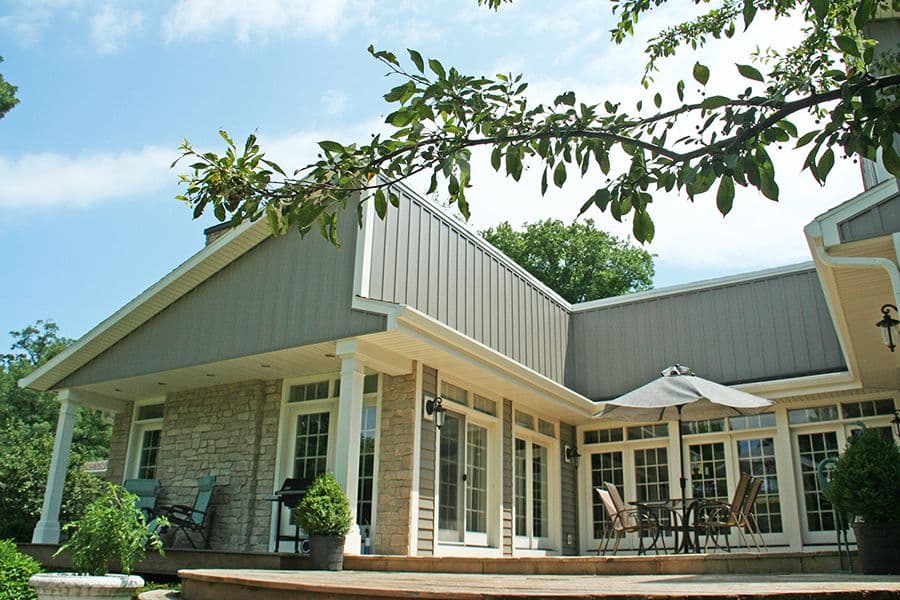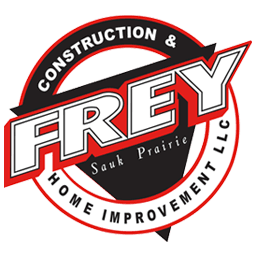Home Improvements Fend Uncle Sam

It’s every homeowner’s desire to come out ahead when they sell their home. But if you stand to make a whopping profit—more than $250,000 for unmarried folks, and more than $500,000 for married ones—the IRS is going to want a piece of that pie. One way to shake them off your leg is to make qualified capital improvements to your home, and keep track of the money you spend to do so.
It’s important to draw a distinction between capital improvements and maintenance or repairs. The key word is improvements, meaning upgrades and updates to your home that add lasting, material value. Capital improvements make up the majority of the work we do at Frey Construction—things like kitchen remodels, new decks, room additions, new storm windows, new siding, and roof replacements. What won’t qualify are things like replacing a few shingles, repairing water damage, or making the countertop match the cabinets. You get the idea.
Americans are far more mobile now than they used to be, bouncing from home to home with a frequency that would have made their grandparents’ heads spin. In those cases, it doesn’t usually make sense to stockpile receipts for every penny spent on capital improvements. But for homeowners who are at one address for decades or have any other reason to anticipate a sizeable profit at sale, it makes good tax sense.
If you’re not sure which camp you’re going to fall in—maybe you’ll move, maybe not—err on the side of caution. Get receipts for any material and all labor involved in any capital improvements to your home. Those dollars will become part of the cost basis of your home when the IRS wants to know how much profit you’ve turned. And they can add up to thousands in savings!
SPECIAL OFFER
30% OFF Absolute Gutters
with any Full Roof OR Siding Project
SPECIAL OFFER
25% Off
Absolute Gutters
with Full Roofing OR Siding Project

Customer Stories
We recently had our home remodeled by the team at Frey Construction. The entire Frey team was professional, experienced, courteous and patient. The final result was exactly how we had envisioned. If we have other home remodeling projects in the future, we would certainly not hesitate to call Frey Construction again.
I am very pleased with Frey Construction. They replaced my roof and gutters. The workers were fast and efficient, and they were always courteous and professional. The office staff was patient and helpful and I appreciated all the time they spent to answer my questions. The quality of work is exceptional and they exceeded my expectations with the clean up afterwards. I highly recommend them!
Frey has done a lot of work for us and the quality is always great. My favorite thing about them is that they are extremely responsive and professional with great customer service. We've previously worked with them on siding and gutters. Most recently I had some windows replaced. They were very helpful and assisted in removing a wall-mounted shelf, which I consider an above and beyond service.





Financing Made Easy.
To help make your home remodeling project as affordable as possible, we have financing options available!

Inspiration.
Contact Us

Monday – Friday: 7am – 5pm
